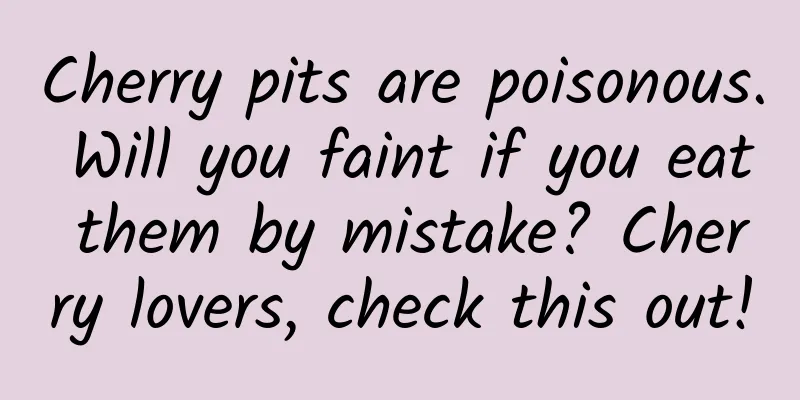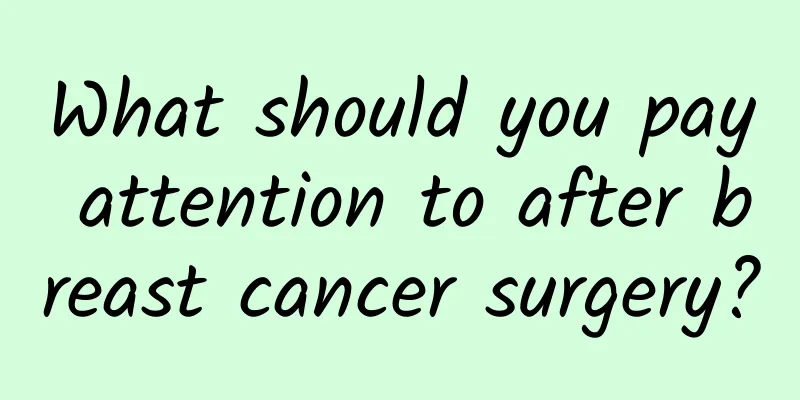Long-term high-sugar diet can easily cause a variety of diseases. Beijing Center for Disease Control reminds: Be careful of "sweet" temptation!

|
People's Daily Online, Beijing, August 26 (Reporter Sun Hongli) In the cool autumn weather, eating ice cream and drinking a bottle of iced cola when going out for fun or shopping makes life more comfortable. However, the Beijing Center for Disease Control and Prevention reminds us to be vigilant about these "sweet" foods that can be found and chosen everywhere. Added sugar, a seemingly "sweet" health trap According to the Beijing Center for Disease Control and Prevention, added sugar refers to sugars artificially added to food, which have a sweet taste and include monosaccharides and disaccharides, and common ones include sucrose, fructose, glucose, fructose syrup, etc. The white sugar, soft sugar, rock sugar, and brown sugar we use in daily life are all sucrose. So, in addition to satisfying the "sweet" pleasure of taste, is added sugar necessary? In fact, added sugar is a pure energy substance. From a nutritional point of view, we do not need to add any sugar to our diet. When added sugar is consumed too much, this "sweet" trap can also cause health problems. Eating too much sugary food will lead to high energy intake, but at the same time the quality of the diet is not high. Long-term high-sugar diet is not only prone to overweight, obesity, and tooth decay, but also leads to an increased risk of a variety of chronic diseases including diabetes, dyslipidemia, and cardiovascular disease. Taking sugary drinks as an example, it is estimated that they cause 180,000 deaths worldwide each year, mainly due to diabetes and cardiovascular disease. In middle-aged people, sugary drinks increase the risk of death from a variety of diseases (such as coronary heart disease). A low-added sugar diet is associated with a lower risk of cardiovascular disease, obesity, type 2 diabetes, certain types of cancer, and dental caries in adults. Sugary foods, how much hidden sugar is there? In addition, the added sugar in daily life mainly comes from processed foods. The wide variety of sugary drinks, a wide variety of desserts such as cakes, bread, candy, ice cream, pudding, and various jams and sauces are all "edible sources" of added sugar intake. Take bread, which doesn’t seem to be very sweet, for example. 100 grams of bread may contain about 8 to 18 grams of sugar. Even a 6-inch chiffon cake baked at home needs to add about 50 grams of sugar. The sugar content of desserts with various flavors, fillings, and decorations on the market will be even higher. For children and adolescents, the main source of added sugar is sugary drinks. Sugary drinks refer to drinks with a sugar content of more than 5%. Most drinks contain about 8% to 11% sugar, and some contain as much as 13% or more. Although this sugar content does not seem very high, it is easy to consume excessive sugar without realizing it due to the large amount of consumption. For example, drinking a bottle of cola will consume about 52 grams of added sugar. Moreover, sugary drinks have become very convenient to buy sweet drinks. We often even inadvertently consume more sugary drinks and gradually become a habit. How much sugar should be added? To reduce sugar intake, the daily intake of added sugar should not exceed 50 grams. It is best to control it below 25 grams, which has more health benefits. What behavioral changes are needed? The Beijing Center for Disease Control and Prevention reminds people to drink more water, preferably boiled water, and avoid or drink less sugary drinks. If you want to drink flavored drinks, you can choose tea instead. Eat fresh fruits and avoid fruit juices. Eat less sweets and reduce the frequency of intake of packaged foods that add sugar during processing, such as biscuits, ice cream, chocolate, candy, cakes, candied fruits, and jams. When purchasing packaged foods, check the ingredient list. If there is sucrose, white sugar, maltose, fructose syrup, concentrated fruit juice, glucose, etc., it means that sugar has been added and you should eat less. When preparing food at home, use less or no sugar. |
<<: What does essay selection mean? What is an essay outline?
>>: Why should new lipstick be placed in the refrigerator? Why does lipstick melt?
Recommend
What is the massage method for menstrual pain?
Many female friends will feel obvious menstrual p...
Can pregnant women eat shepherd's purse wontons?
Pregnant women still need to pay more attention t...
What are the clinical manifestations of acute pelvic inflammatory disease?
Patients with acute pelvic inflammatory disease o...
Ovulation test paper always shows dark on top and light on bottom
Ovulation test paper, when it comes to this term,...
Causes of Endometrial Fibrosis
Endometrial fibrosis is a gynecological disease t...
I ovulated four days after my period.
For friends who are preparing for pregnancy or ta...
Can I take a shower on the first day of my period?
Menstruation is a rather troublesome thing for wo...
Clear mucus in menstrual blood
The amount of menstrual blood during menstruation...
Girls' canine teeth correction face shape change
Many people will change their face shape by corre...
Medicine Baby Quiz | No more medication is needed after COPD stabilizes?
Chronic obstructive pulmonary disease (COPD) is a...
Vaginal discharge one week after hysterectomy
Hysterectomy is a common surgery in daily life an...
Is it okay to use mugwort leaves for bathing during confinement?
As we all know, women's bodies are weaker tha...
How to deal with menstruation not coming after 35 days of abortion
After an abortion, it is very common for women to...
What's the best medicine for broken skin?
The female vagina is one of the weakest parts of ...
After making love, my lower body is swollen and turned up
The swelling of women's lower body after sex ...









